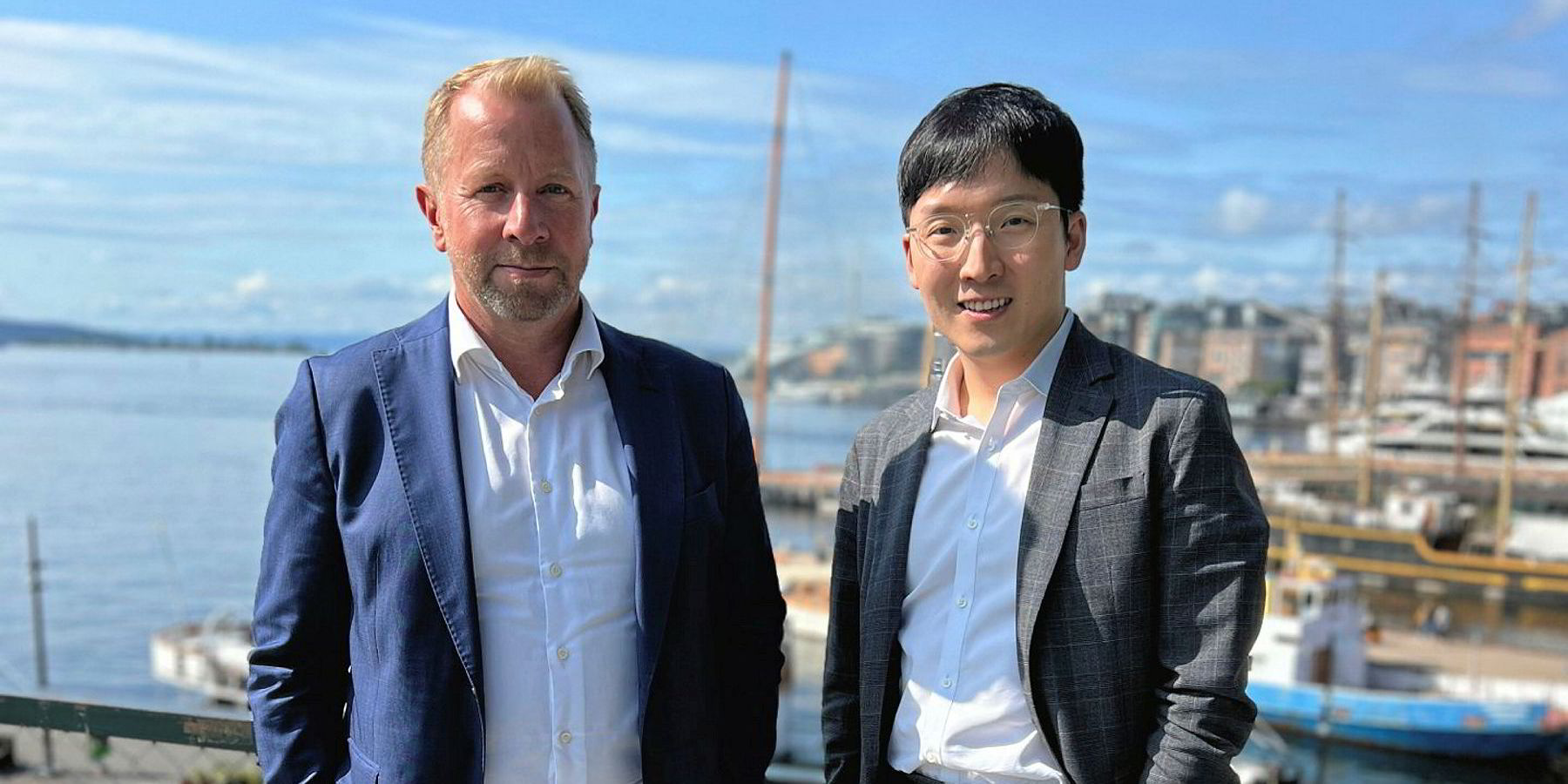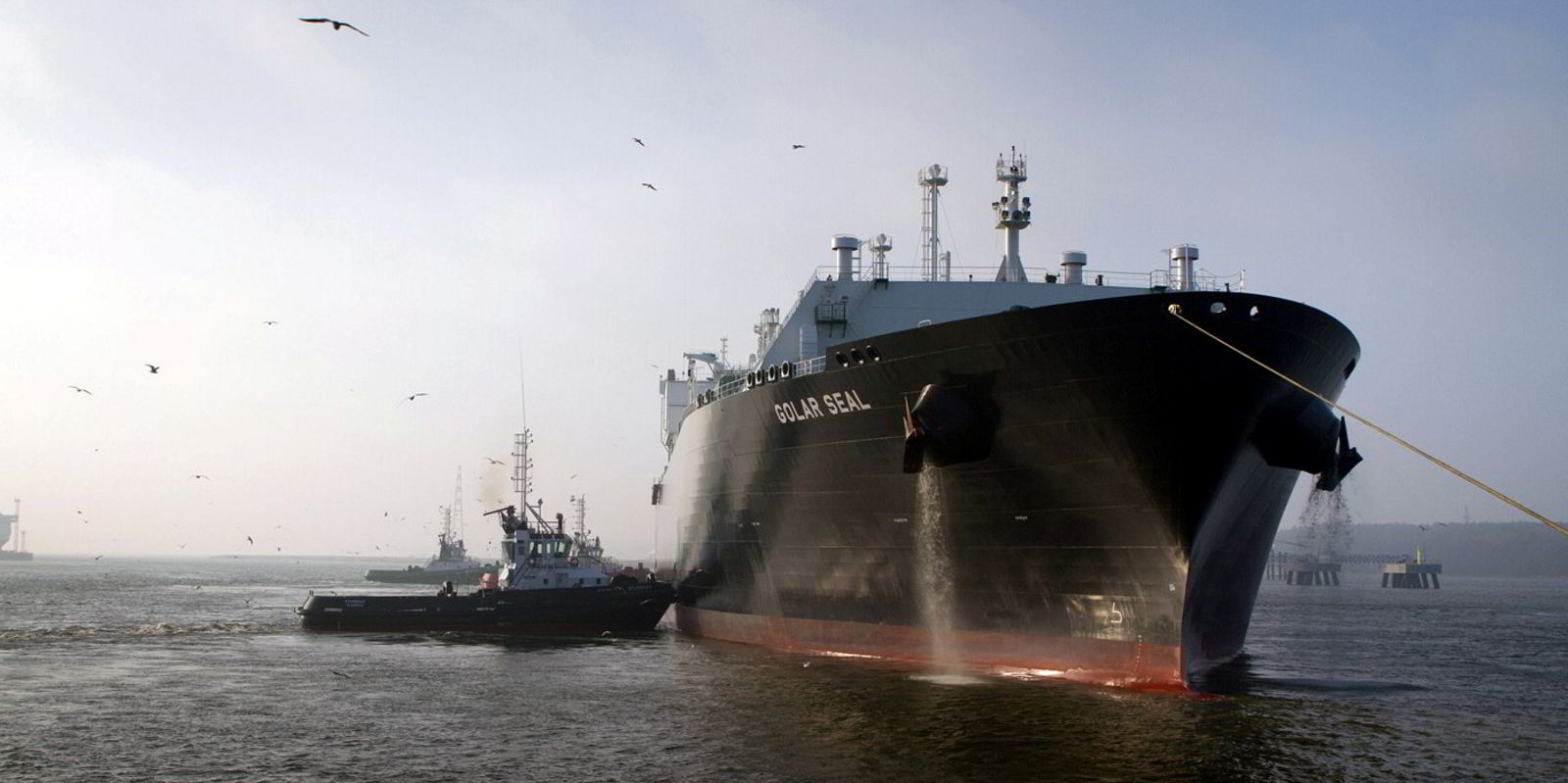Amogy is close to revealing the mystery owner behind its first-ever order for a seagoing vessel alongside some other deals for its ammonia-to-power system.
“The mystery is going to be solved in the very, very near future,” Amogy chief executive Seonghoon Woo said in an interview with TradeWinds.
“We have many more to come in the next few weeks and months, as well. We really started building up that orderbook of Amogy systems.”
Alongside Amogy Norway managing director Christian Berg, Woo said the Amazon-backed, Brooklyn-headquartered start-up is on track to test its fuel-cell technology on the water with a retrofitted tugboat by the end of the year and has started building a manufacturing plant in Houston, Texas.
The duo said the goal was to get Amogy’s system — which uses a proprietary ammonia cracking system to make hydrogen on board that is later fed to a standard fuel cell — on ships in the Norwegian offshore sector.
Norway, in particular, was targeted as the country has a unique willingness from both business and government to push forward on decarbonising shipping, including subsidies for alternative fuels.
“We really have to work together with the ecosystem’s players, which includes shipyards and owners and operators together with the governments and policymakers,” Woo said.
“In Norway, which is very unique, all these stakeholders understand the necessity of decarbonisation.”
The Nordic focus had already turned up one customer: a yet-to-be-named Norwegian shipowner, who in June placed the first pre-order for an Amogy system to go on an oceangoing vessel.
Details on the agreement were scant, but the company did disclose that it would provide four 200 kW systems for a newbuilding.

Those systems are larger than the 5 kW ones Amogy is looking to deploy for offshore support vessels.
Woo said scaling up the system has not been a problem for the company, as it started with a 5 kW system on a drone as its first proof of concept when it had just $3m in seed funding.
Amogy was able to fundraise off that demonstration, and in May 2022 was able to generate enough power to operate a tractor, loading the fuel tank with ammonia from the same tank a farmer loads ammonia fertiliser.
Earlier this year, the company installed a 300 kW system with a 500-mile (804-km) range on a semi-truck.
The next project is outfitting a tugboat to run on the system and retrofitting a barge owned by a US firm to build expertise on water.
Woo said while much of that development is happening in the US, the bulk of the customers will come from Scandinavia.
“The future is coming with the ammonia together with all the rest of the [features], including the infrastructure in the future availability,” he said.
“All of these questions, but we started seeing more and more customers are feeling more and more comfortable with the whole ecosystem.”




